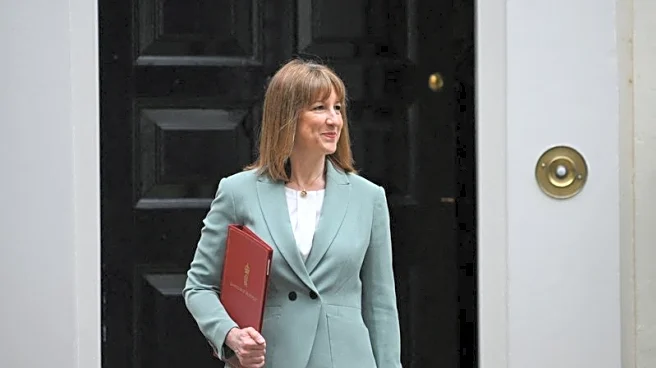What's Happening?
The Institute of Physics has released a report indicating that a quarter of state secondary schools in England lack a dedicated physics teacher, impacting over 700,000 students. This shortage is particularly severe in disadvantaged areas, where schools are less likely to have in-field physics teachers. The report estimates that more than 12,000 students are missing out on taking A-level physics due to the absence of specialist teachers. The shortage has been attributed to decades of low recruitment and high attrition rates, with nearly half of newly trained physics teachers leaving the profession within five years.
Why It's Important?
The shortage of physics teachers is a critical issue as it affects students' ability to pursue careers in science, technology, engineering, and mathematics (STEM). Students without access to specialist physics teachers are less likely to choose physics at A-level, which is a gateway to further studies in STEM fields. This situation could have long-term consequences for the UK's ability to nurture future scientists and innovators, potentially impacting the country's economic and technological development.
What's Next?
The Institute of Physics is urging the UK government to invest in a £120 million, 10-year program to address the shortage of physics teachers. The Department for Education has pledged to recruit and retain more teachers, offering incentives to attract talent into the profession. However, challenges remain, including competition with private sector salaries and high workloads affecting teacher retention.
Beyond the Headlines
The shortage of physics teachers highlights broader issues within the education system, such as funding constraints and performance pressures. These factors contribute to difficulties in recruiting and retaining specialist teachers, which in turn affects educational outcomes and equity, particularly in disadvantaged areas.














